I bite, cut, eat
fingernails.
Tips of which made,
remade things:
wood, stones, metal, atoms—
and words.
They grow back.
We plastic.
I am currently reading Vaclav Smil's Energy and Civilization: A History. It is a book on a subject I searched for on my audiobook app because of my travels to Palghar with
and her smokeless cookstove, which interested me in our relationship with fuel.In Energy and Civilization, Smil looks at everything in a unit called Joules.
A Joule (J) is a unit of energy in the International System of Units (SI). It measures the amount of work done when a force of one Newton is applied over a distance of one meter.
Definition: One joule is equivalent to the energy expended (or work done) when a force of one Newton moves an object one meter in the direction of the force.
Formula: The relationship between work (W), force (F), and distance (d) is given by:
𝑊=𝐹×𝑑
Therefore, 1 joule = 1 newton-meter (N·m).
Looking at the world through a cookstove is no different. I have already talked about the labour involved in an earlier post where it was 𝑊=𝐹×𝑑, but F stood for Female (mostly).
In today's post, I have images of plastics in use, a family of materials that have come to define our current stage of civilisation, and the Anthropocene from Vaclav Smil's joule point of view.
These are everyday materials we use, as do people in the remote hills of Palghar.
I have been wondering about the joules of energy what goes into making everyday objects we use from plastic and other materials that they replaced. Let’s look at everyday materials and the joules needed to make them.
PET Bottles
There was a movie called The Gods Must Be Crazy in the 80s. It is about a remote village in Africa where a glass Coke bottle lands from a passing plane and how this material - glass, changes the villagers' lives. Our fascination with a wonder material like plastic is similar but on a different scale than in the movie.
In the villages of Palghar, large PET bottles are widely reused because they are very useful for storing pulses and grain, protecting them from insects and pests. People from NGOs who work here warn them about the risks of using PET bottles, but they continue to use them. Not a single PET bottle goes to waste, and they are never seen thrown around as city dwellers tend to do, expecting someone else to pick up after them.
WATER
For Toddy Tapping.
In the villages of Palghar, tea or milky tea is not popular. People drink water and guests are served soft drinks, never milky tea unlike the non-tribal communities in India today. Cattle here are used for agricultural activities. You can see Krish Ashok’s video on the science of milk and lactose tolerance in India for a possible reason.
Bottles collected for later use (or to be sold for recycling).
Fishing Nets.
Storing Seeds
These seeds will be used when the rain comes. Global seed companies that make seeds that are for a single time use have not made their way here into the tribal lands.
Food that come in plastic packs.


Roofing.
The mats here are still not all plastic, yet.
Since they are made by hand, by the women here, it takes a lot of joules of effort.
Coops
Measuring energy from the national grid that connects us all.
The toys are now all plastic.
And every day fashion.
I still have a lot of joules worth of energy and photographs to share on this topic but substack warns me that I have far exceeded the length of email that will sent to you, so…
that’s all folks!






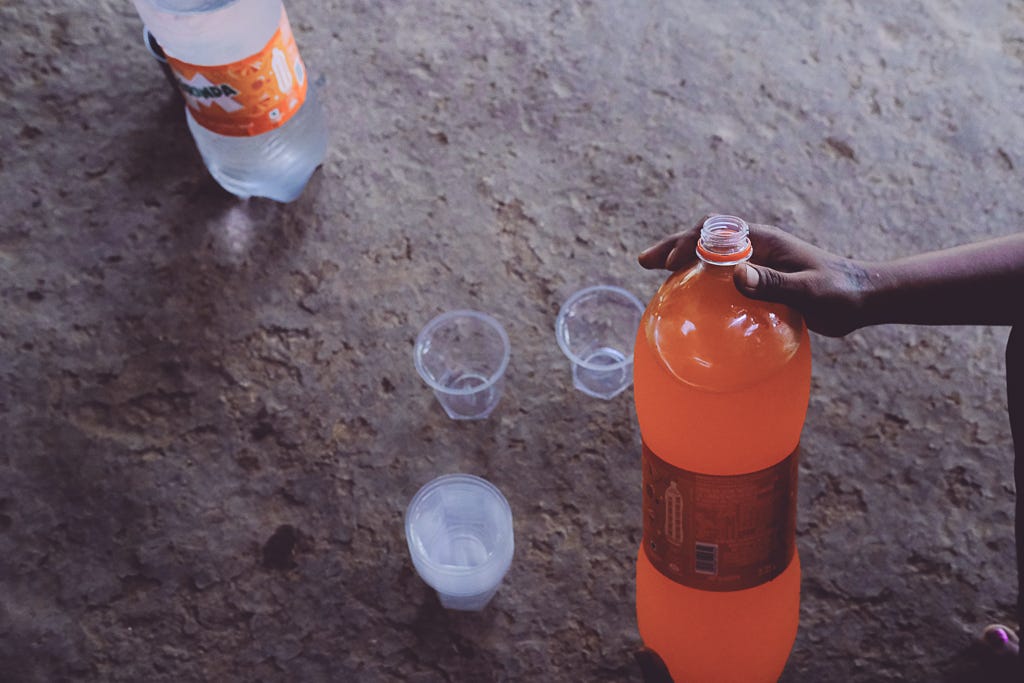

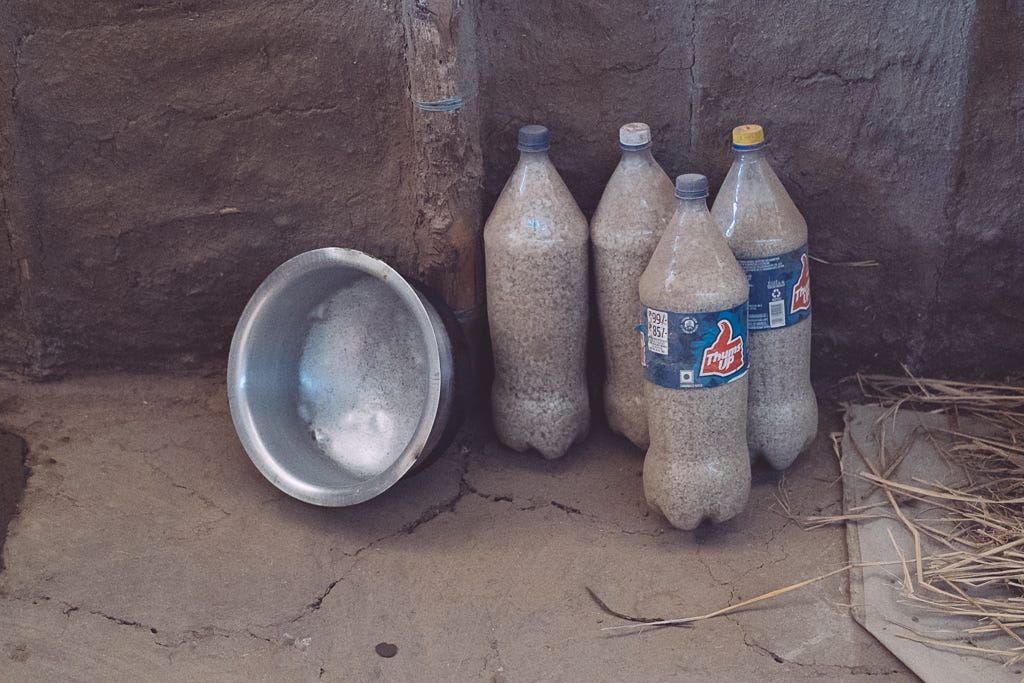
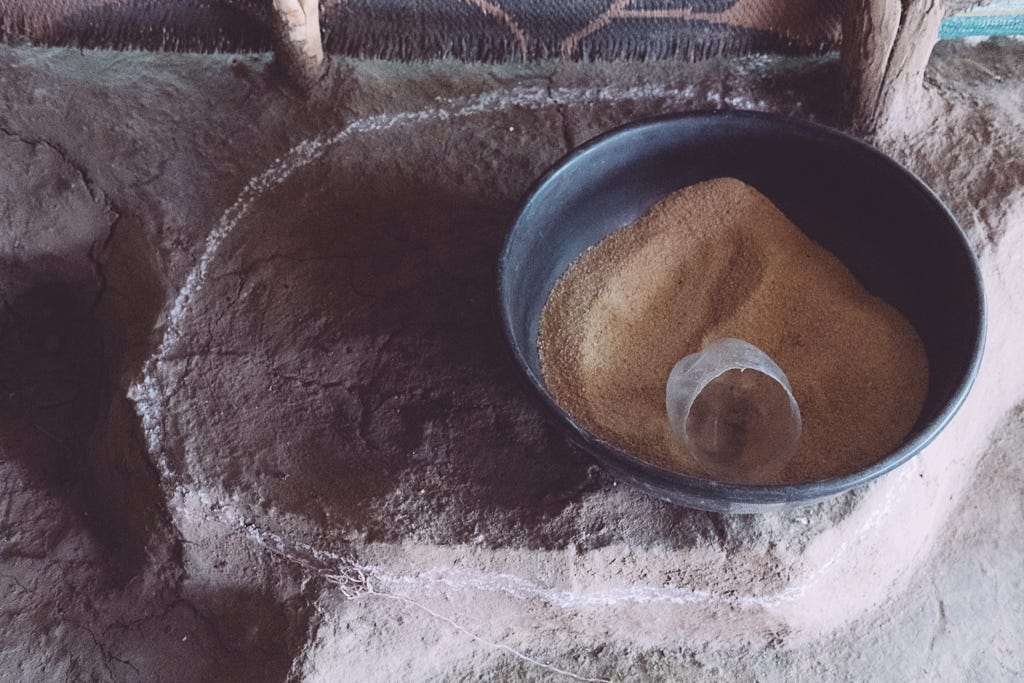
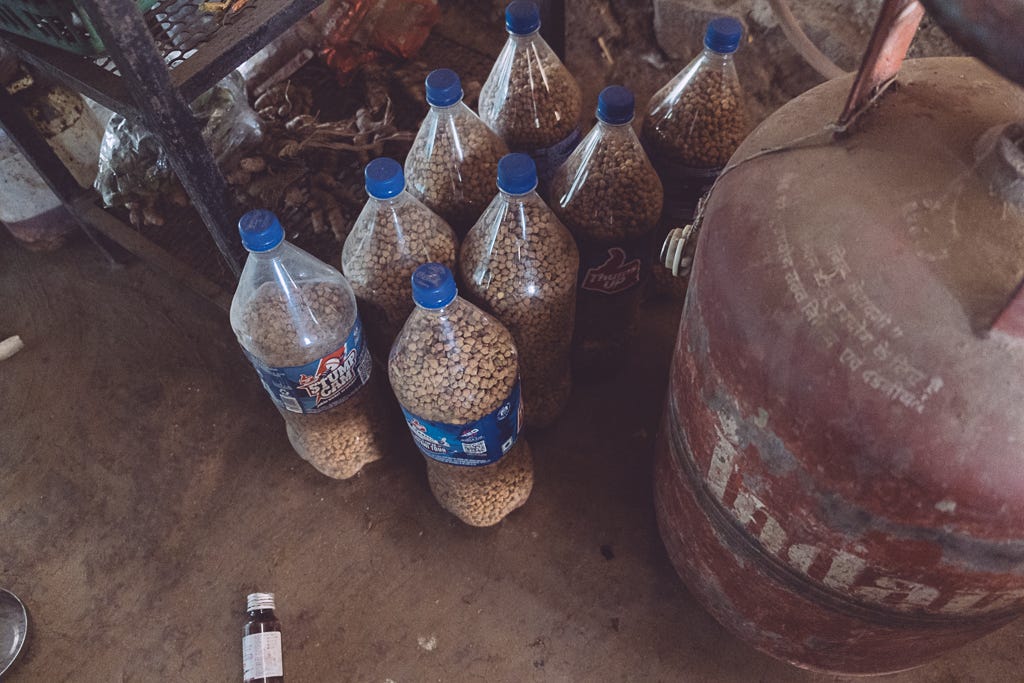
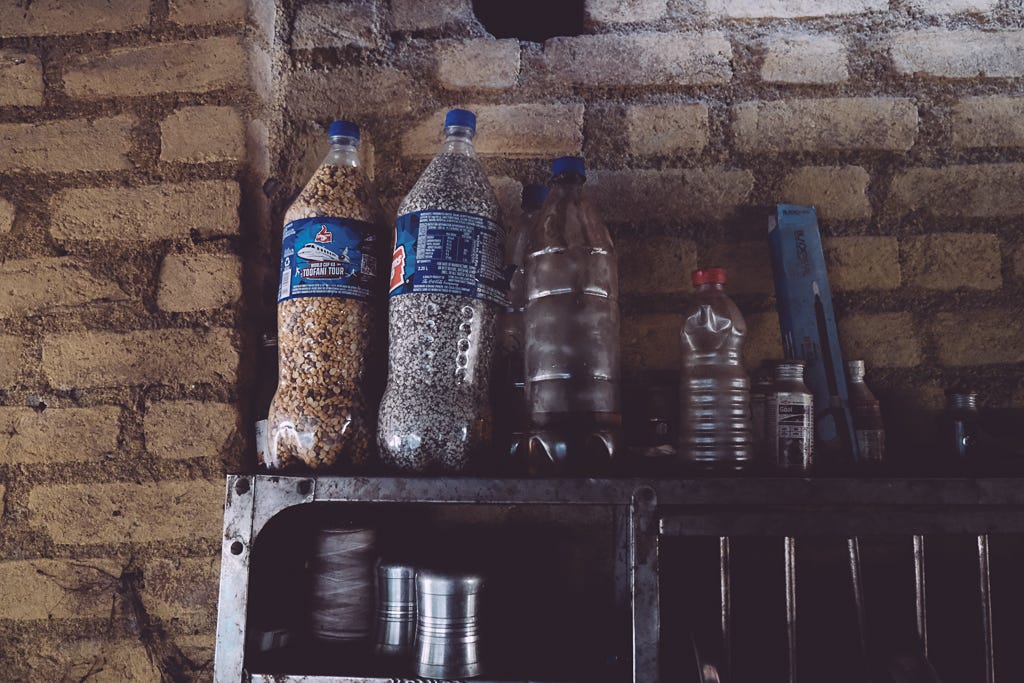
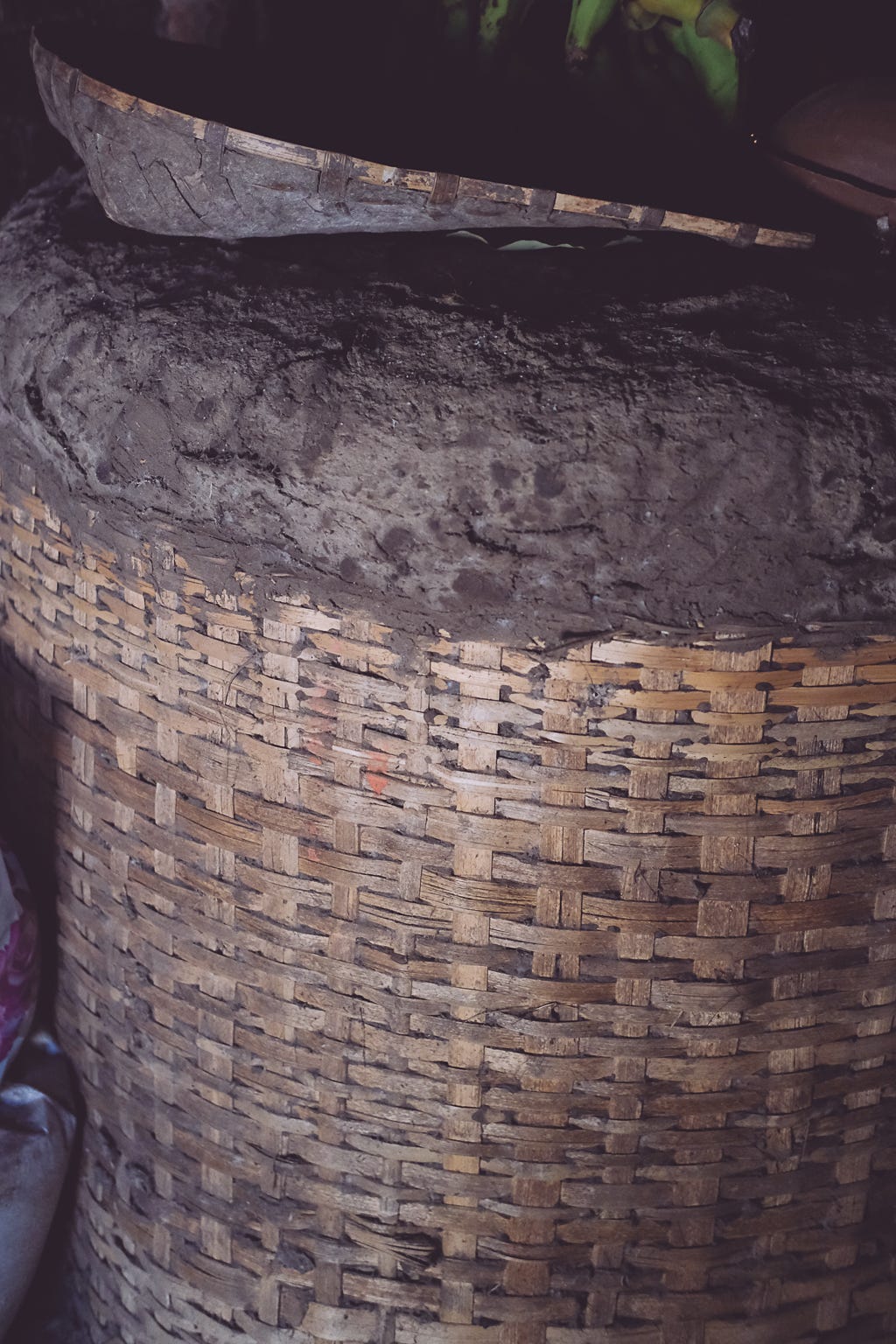
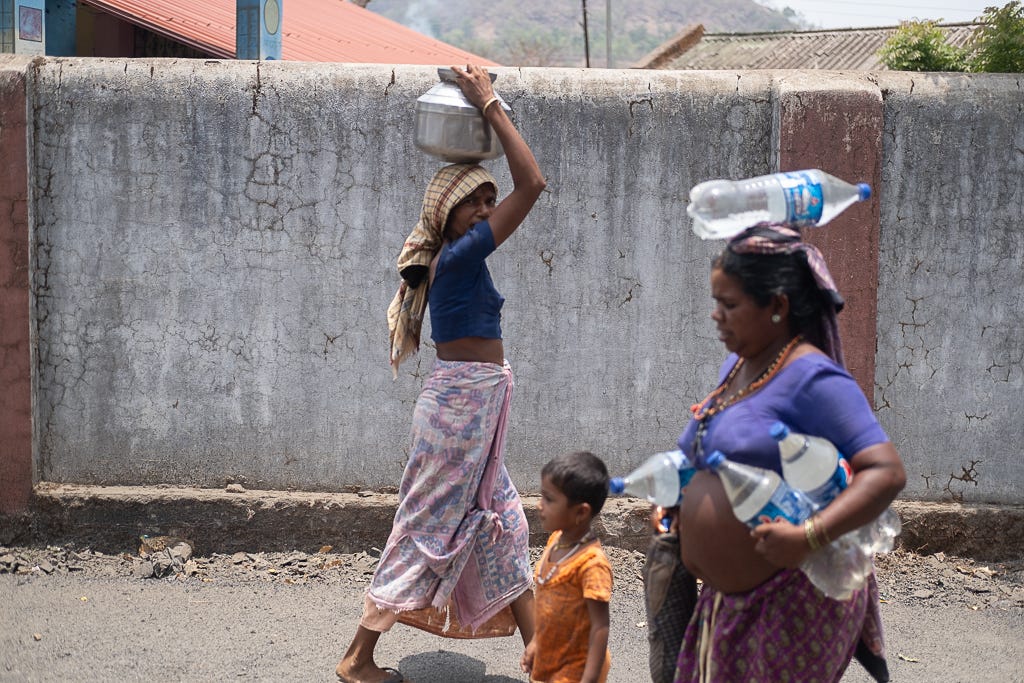
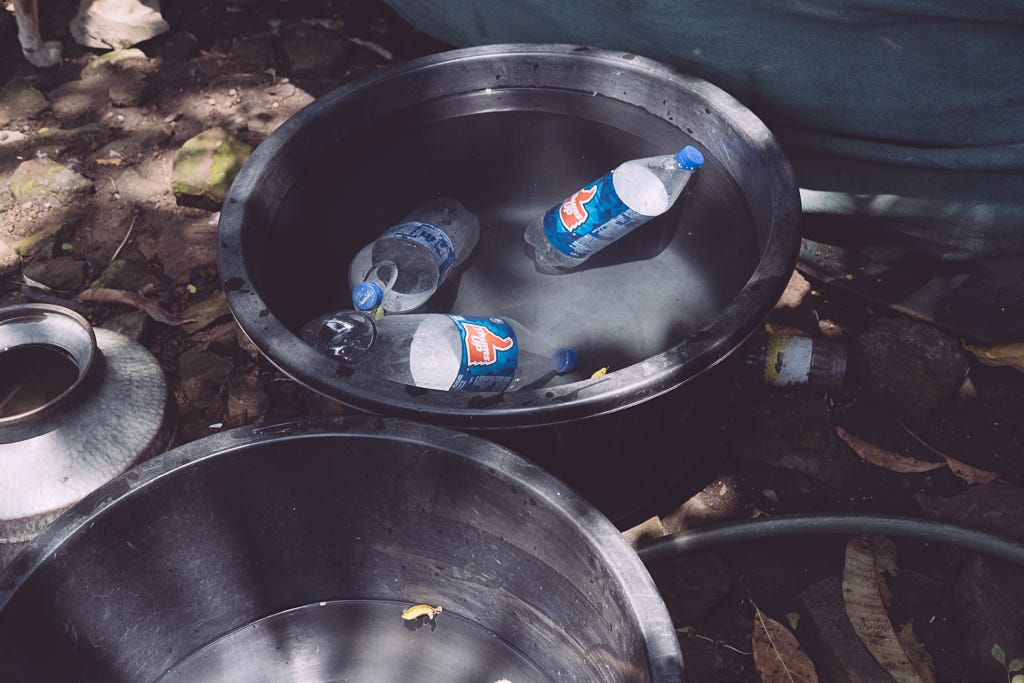
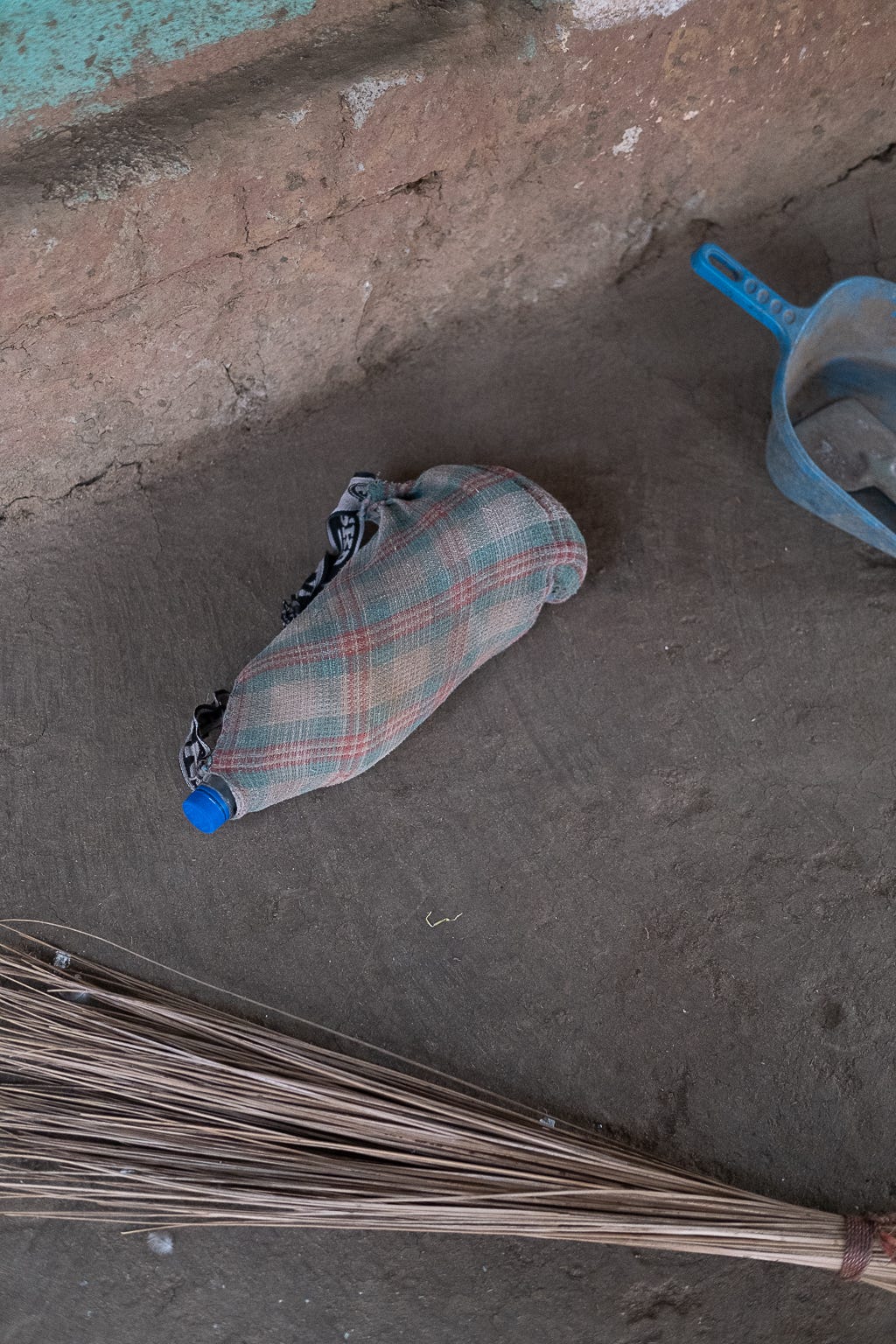

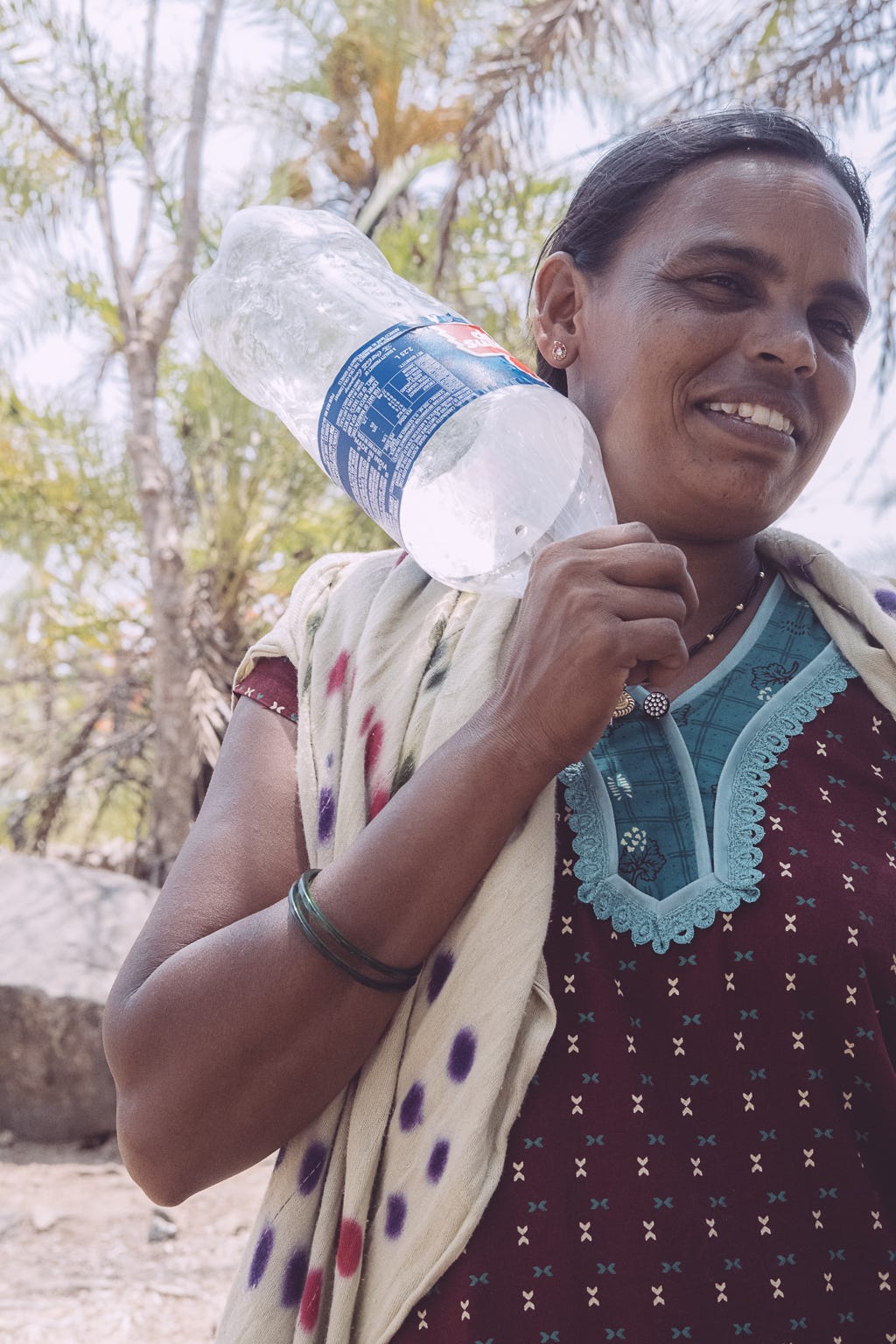
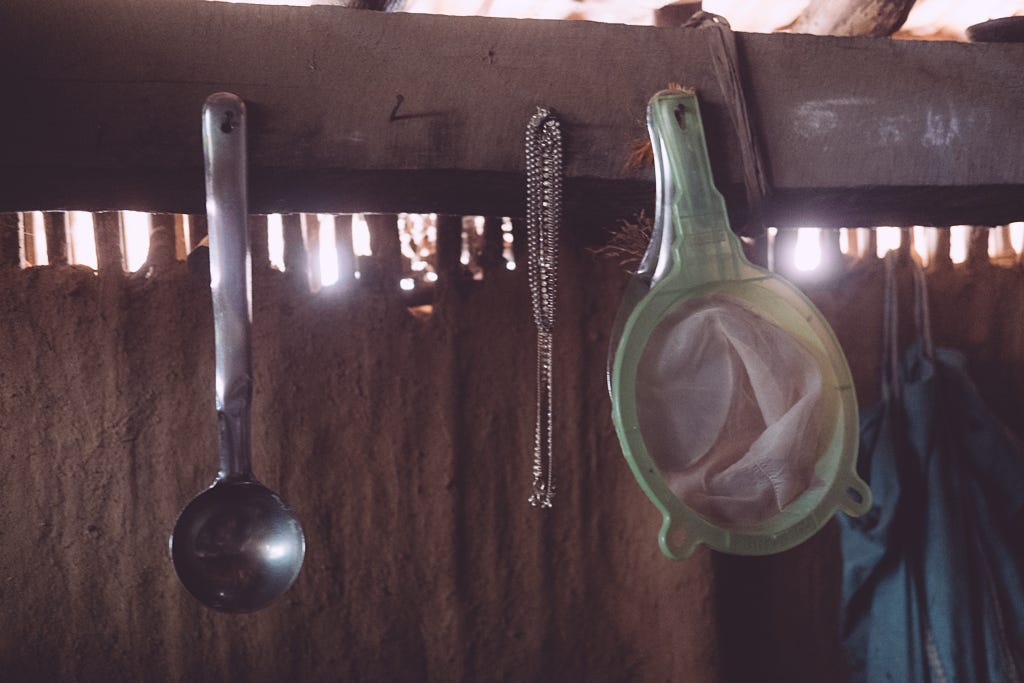

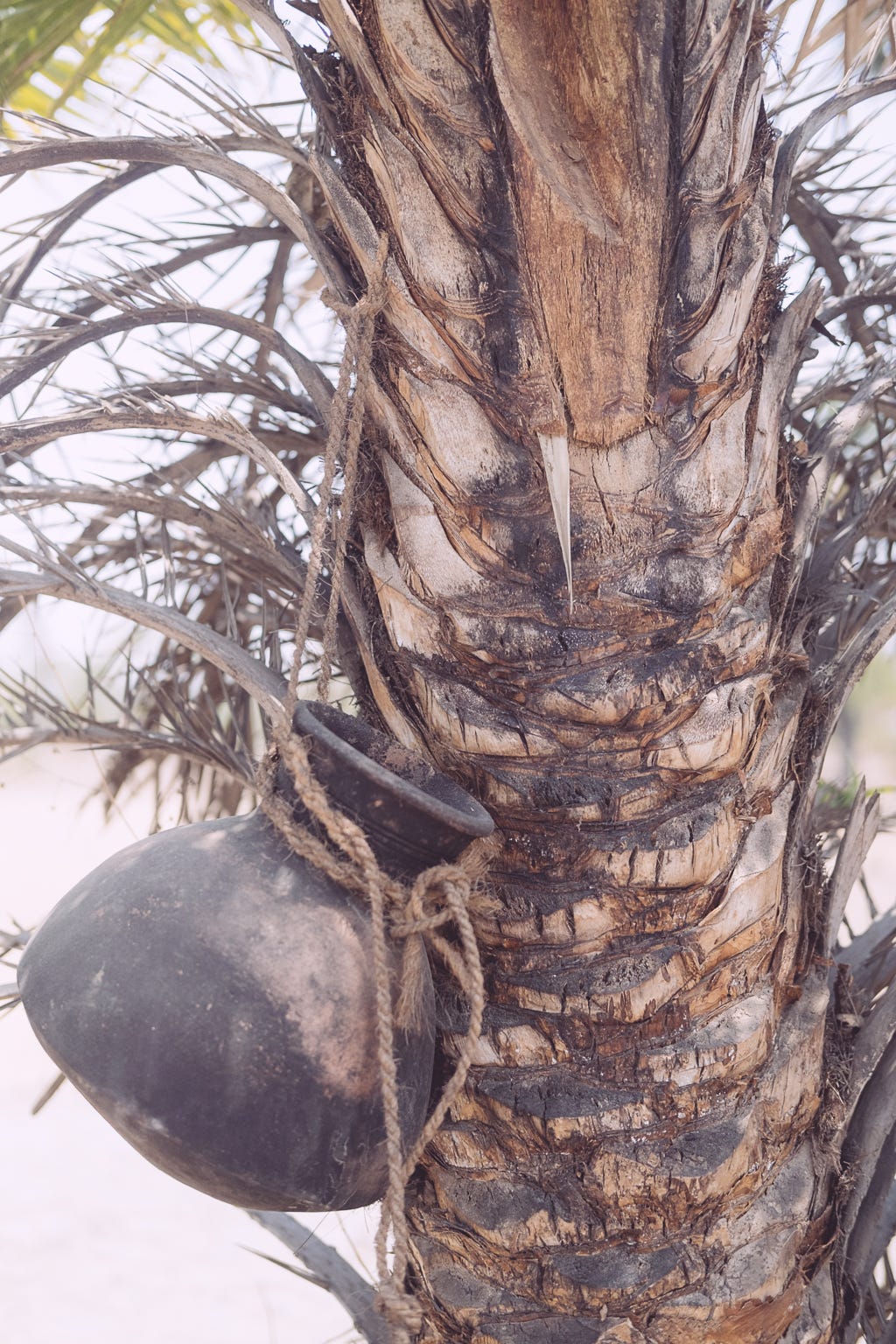


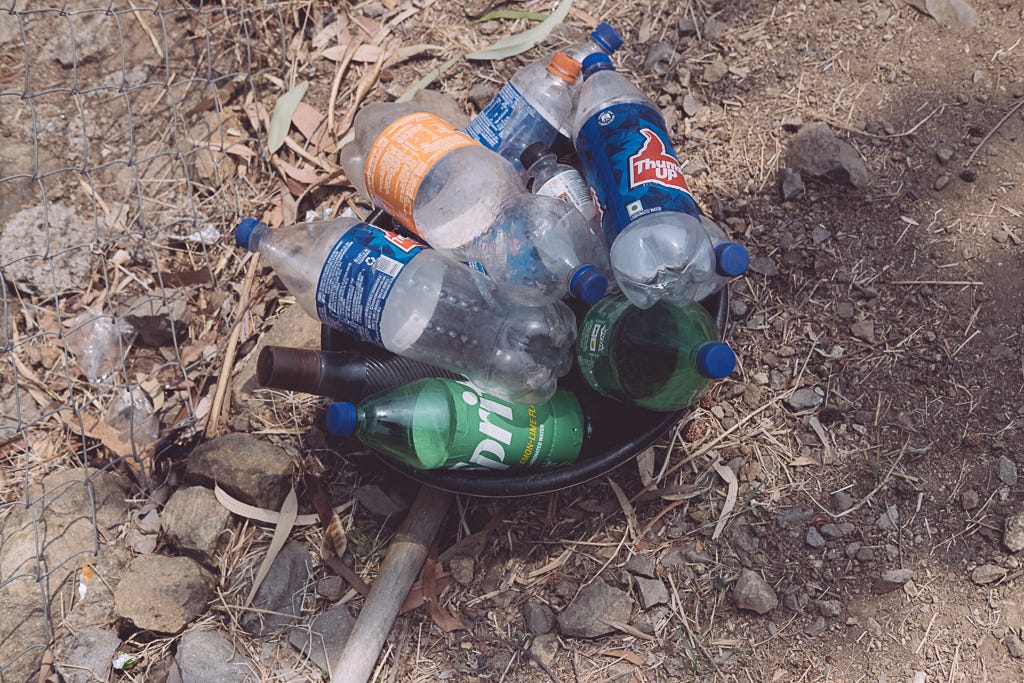
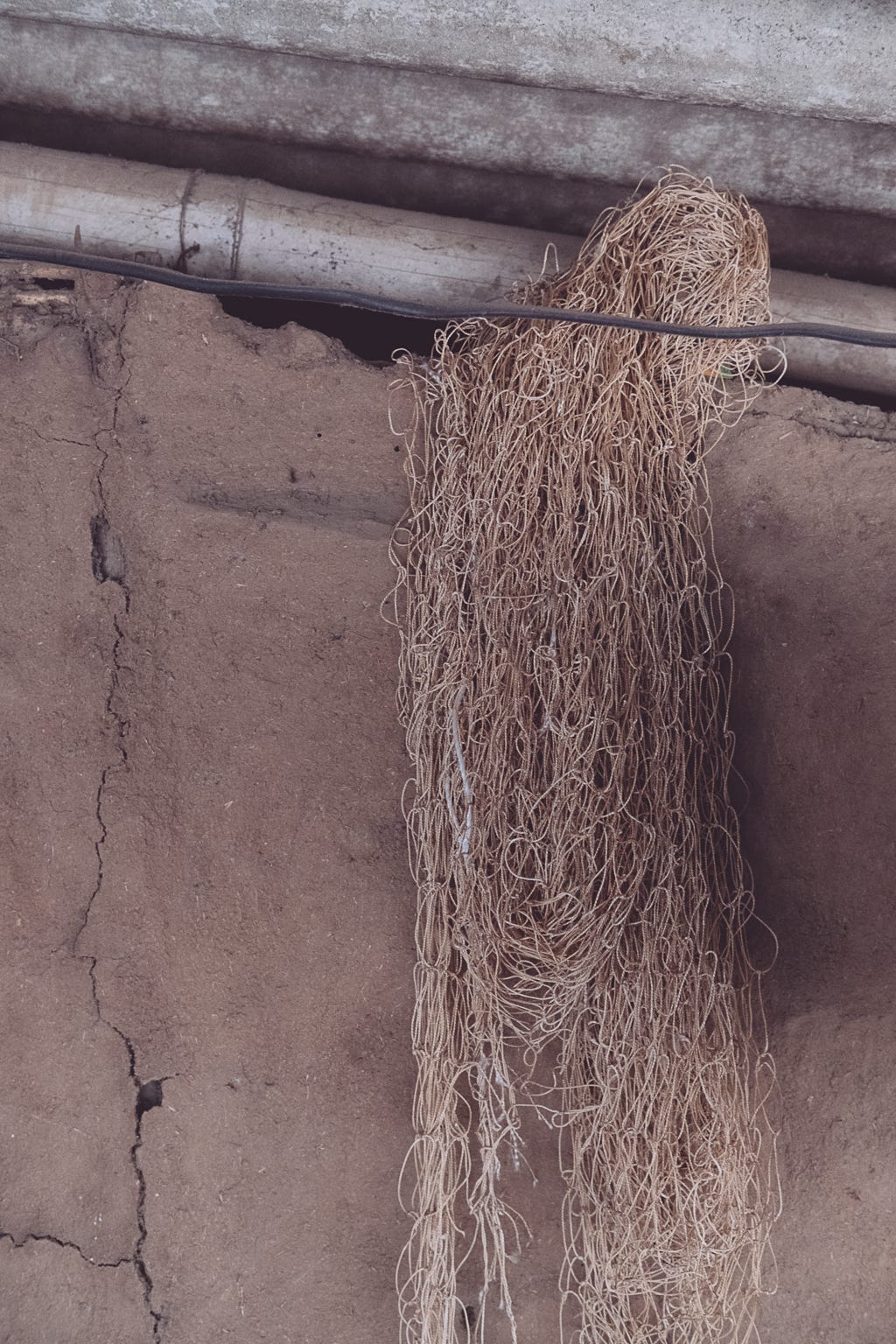

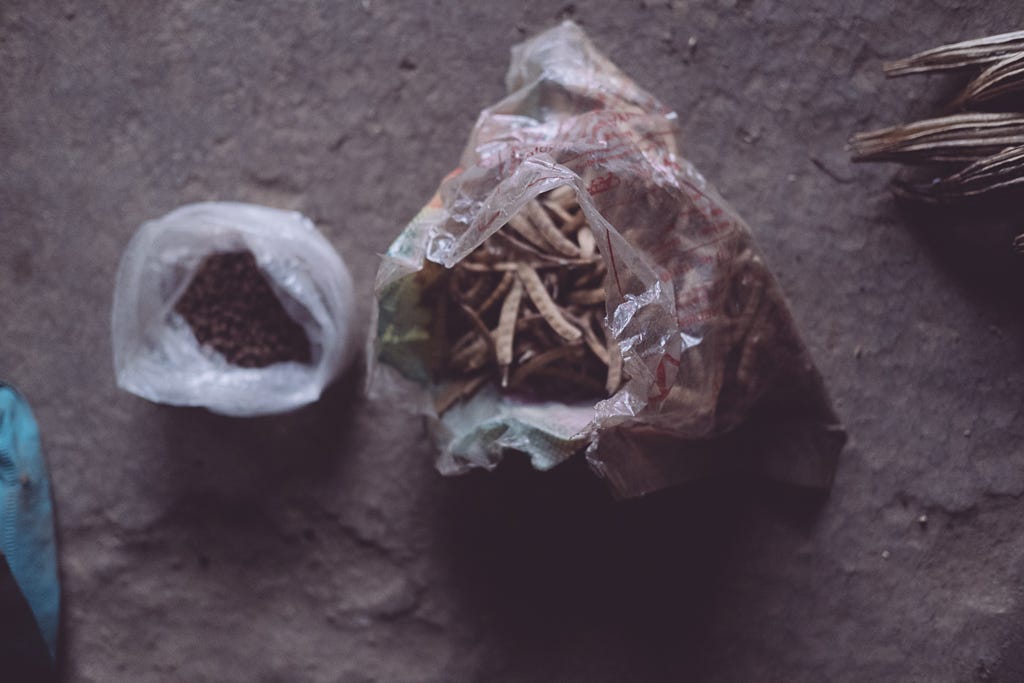
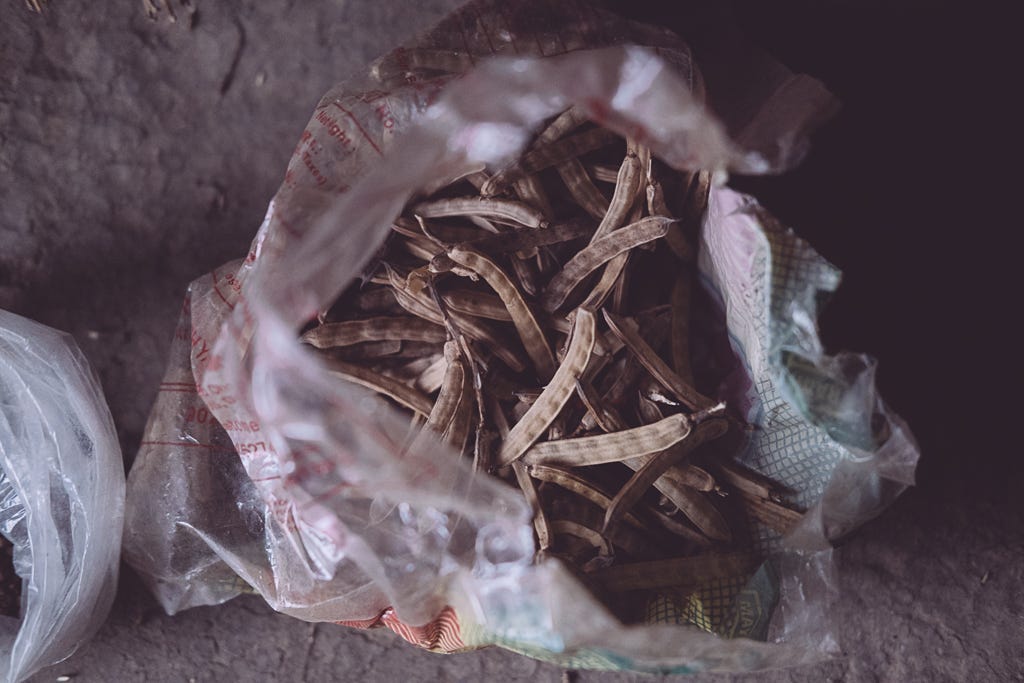
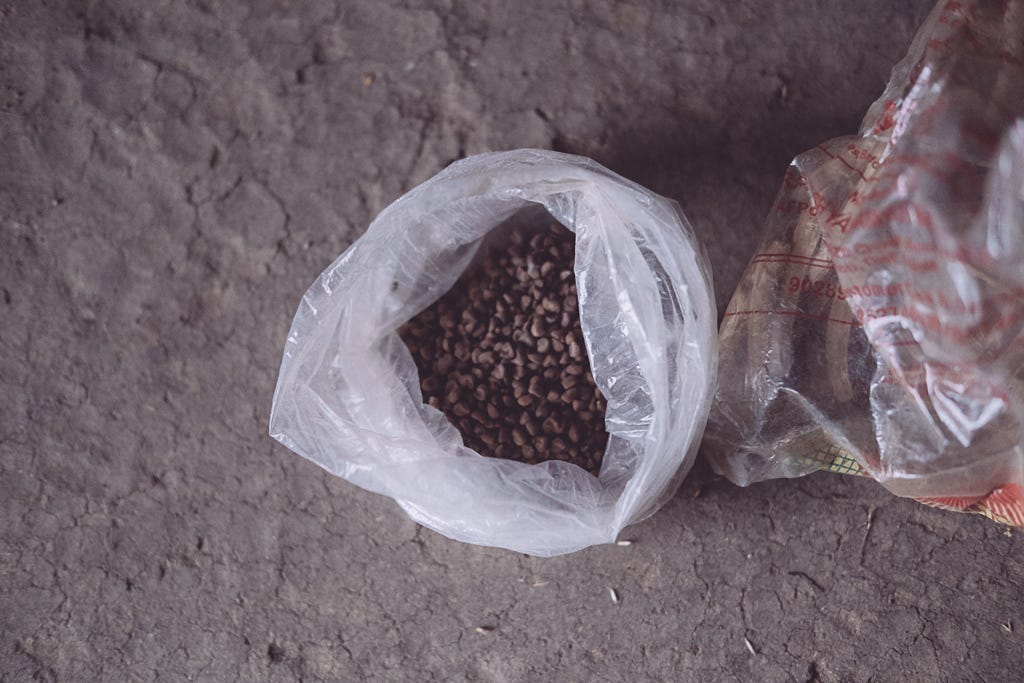
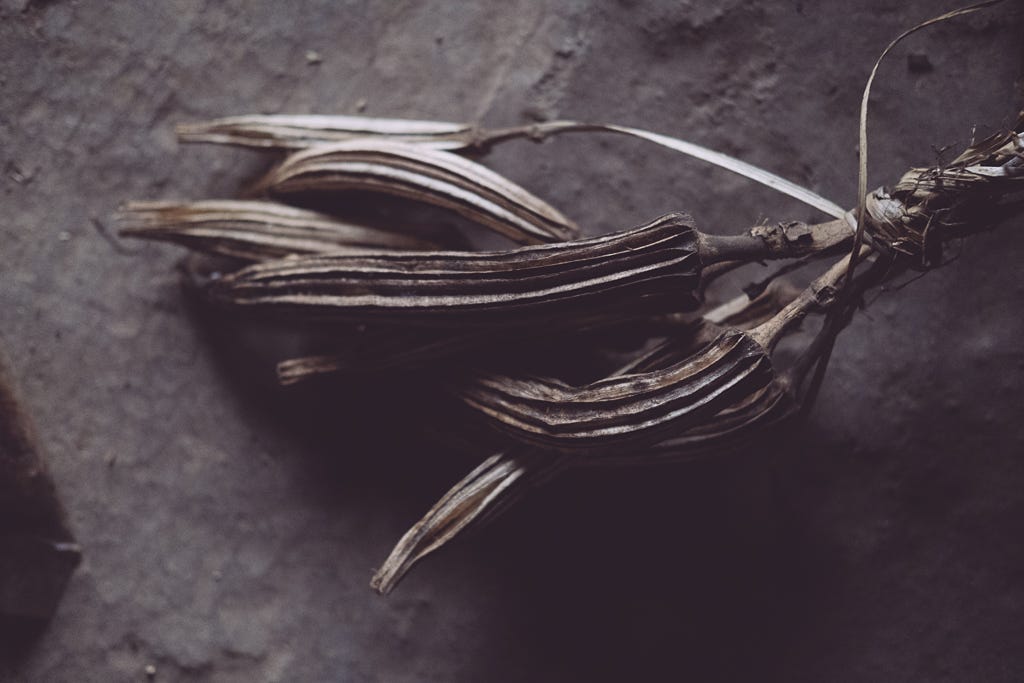
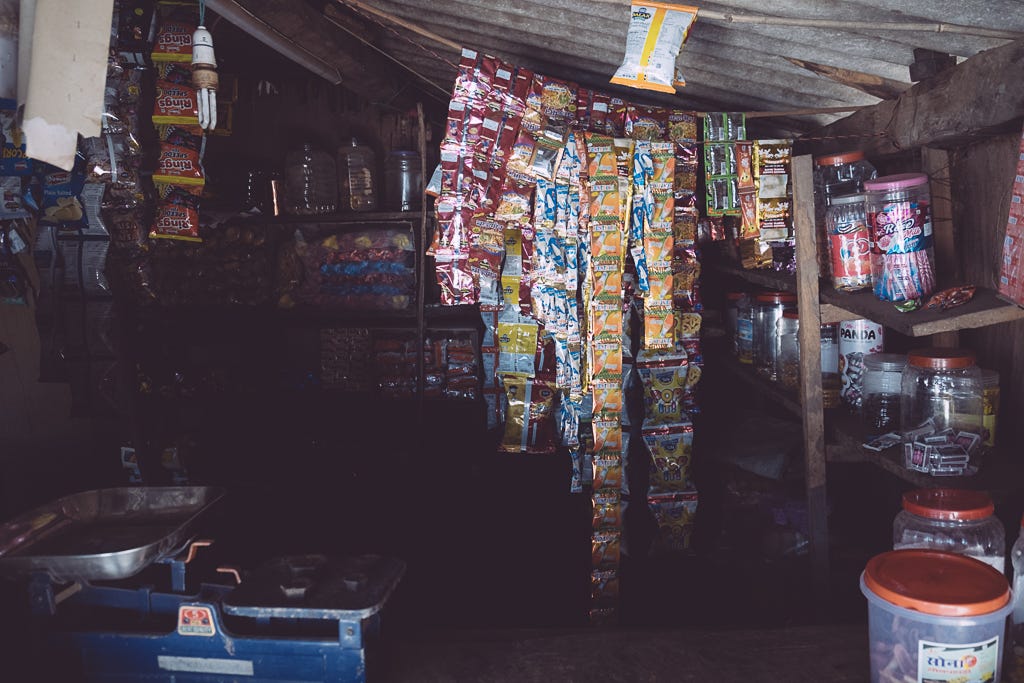
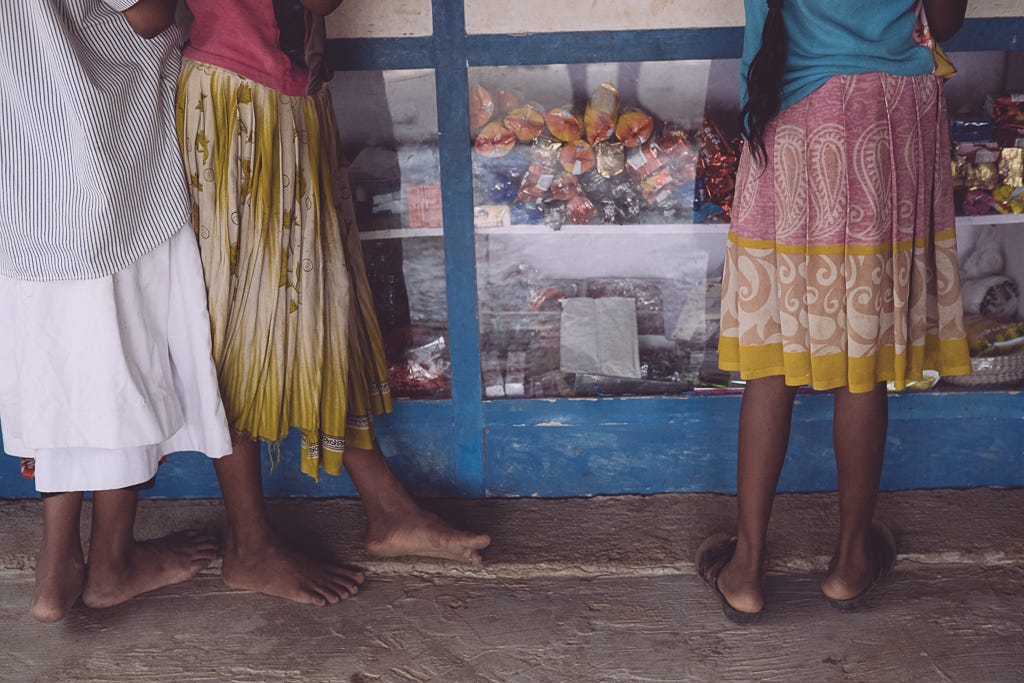
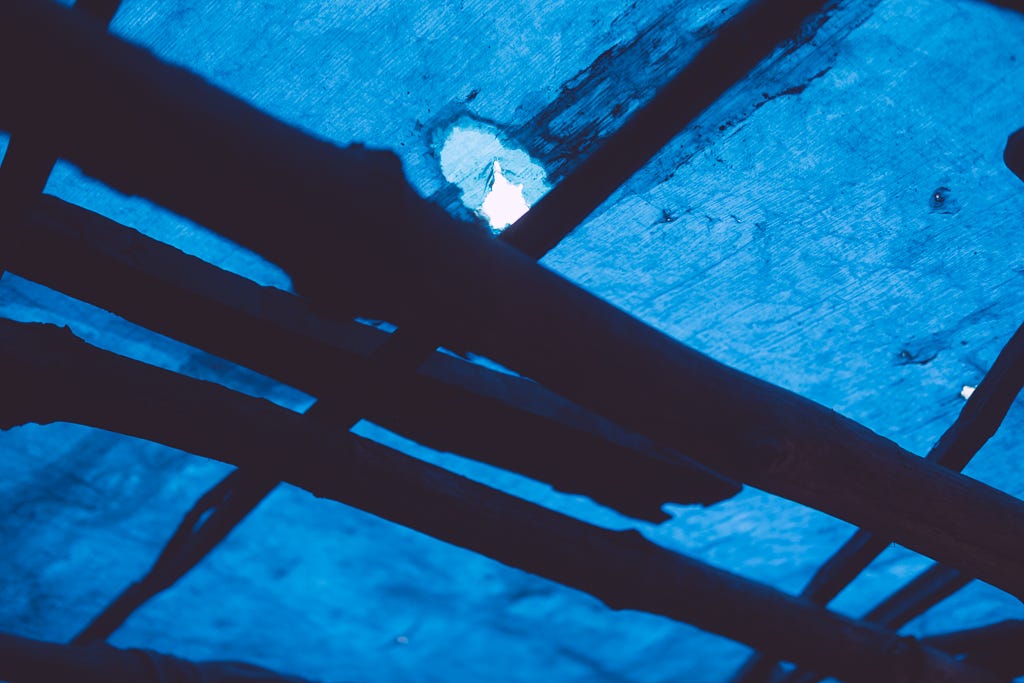


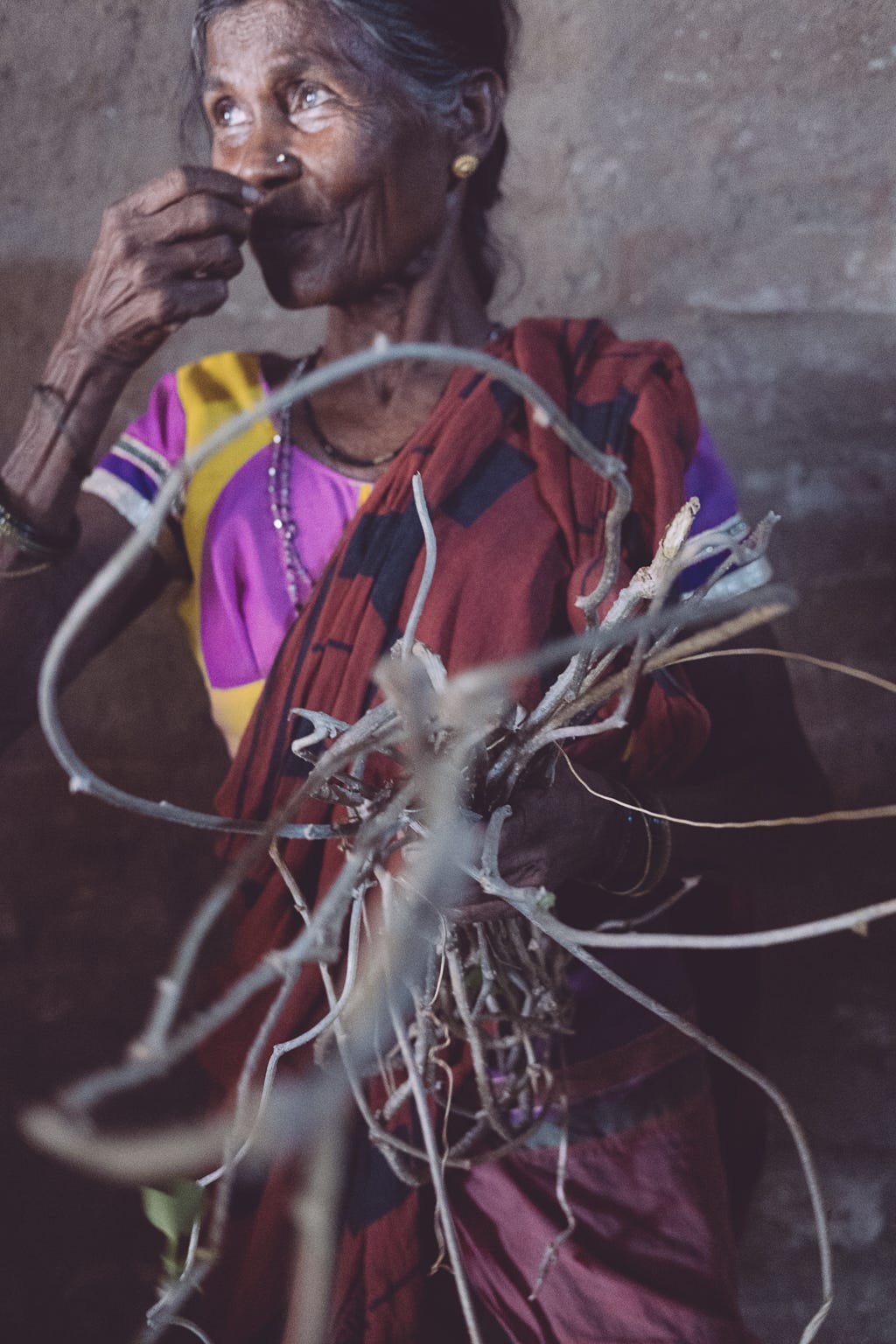
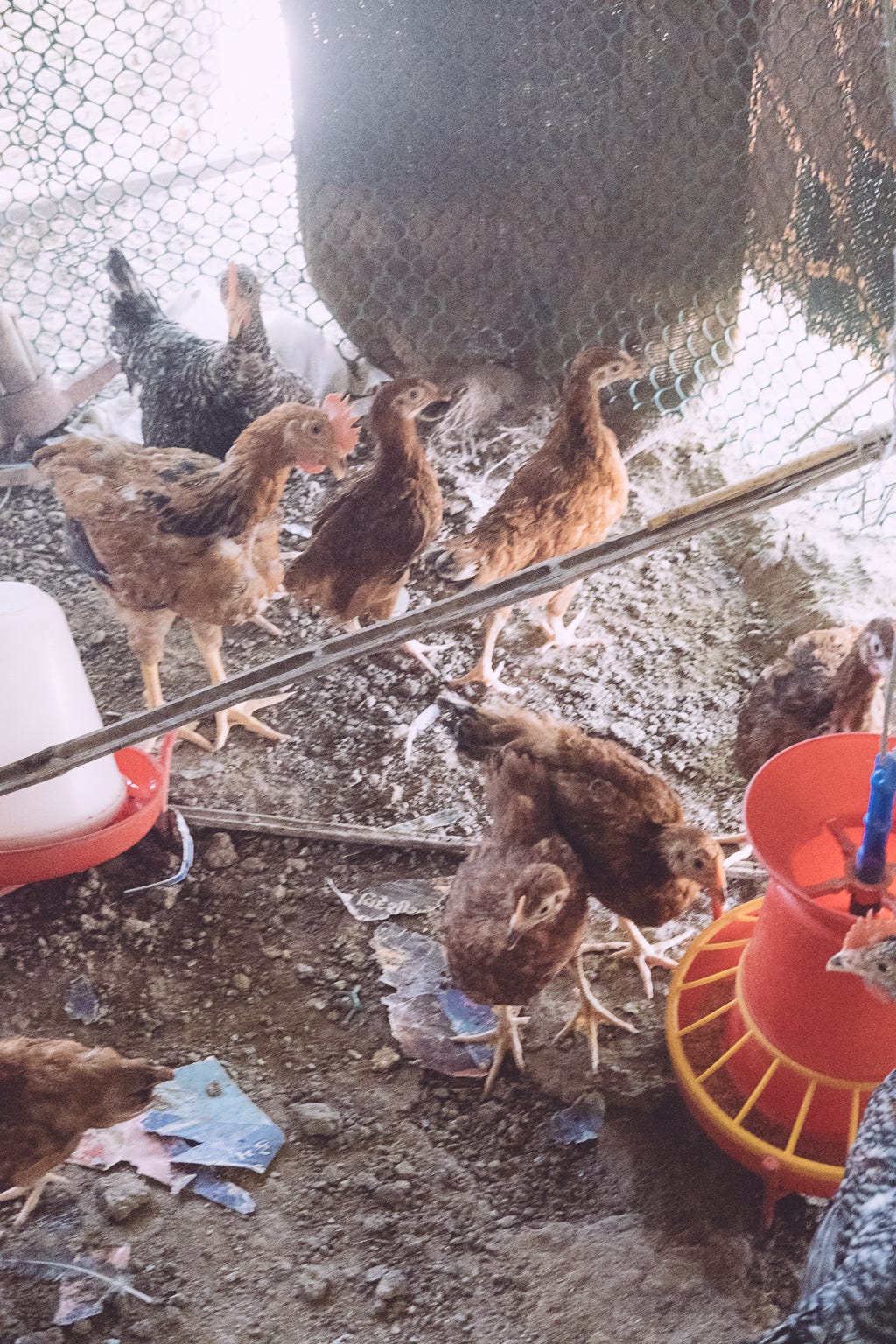
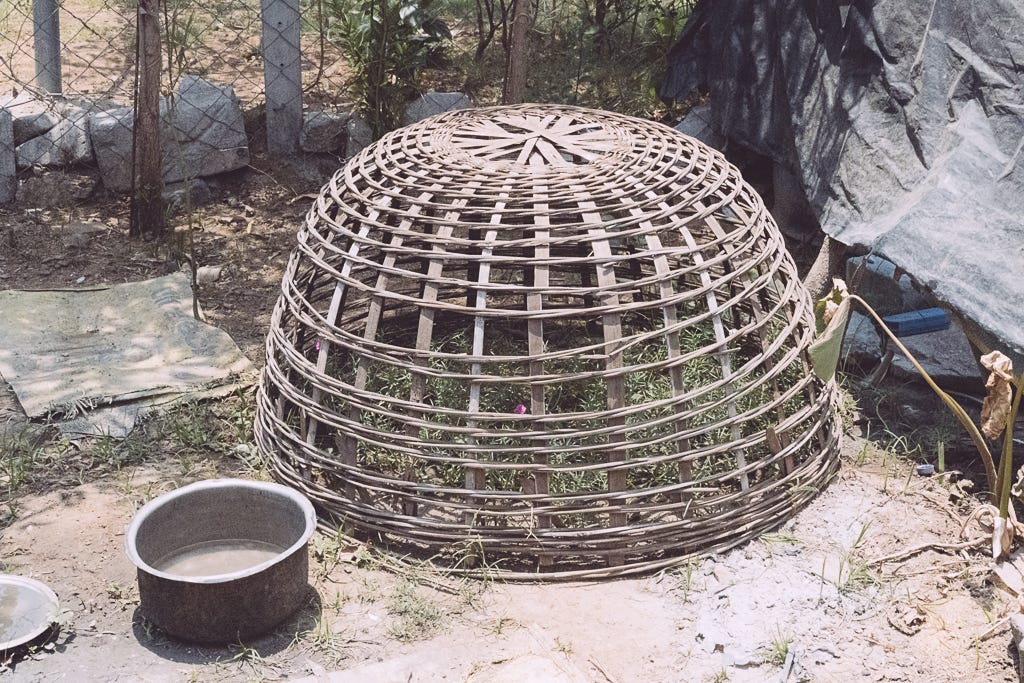


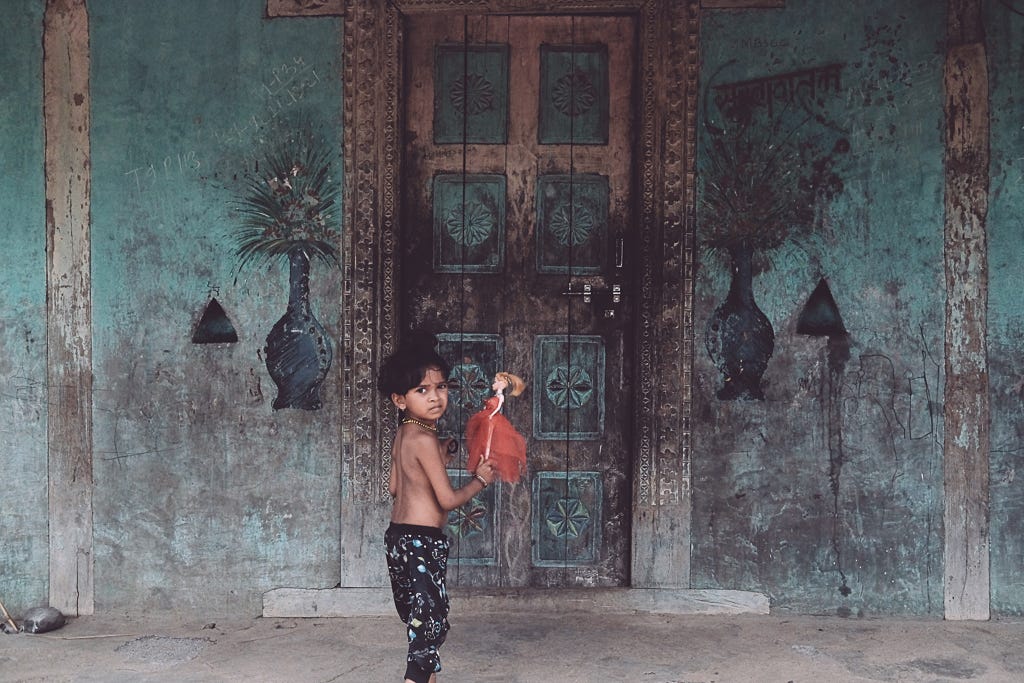
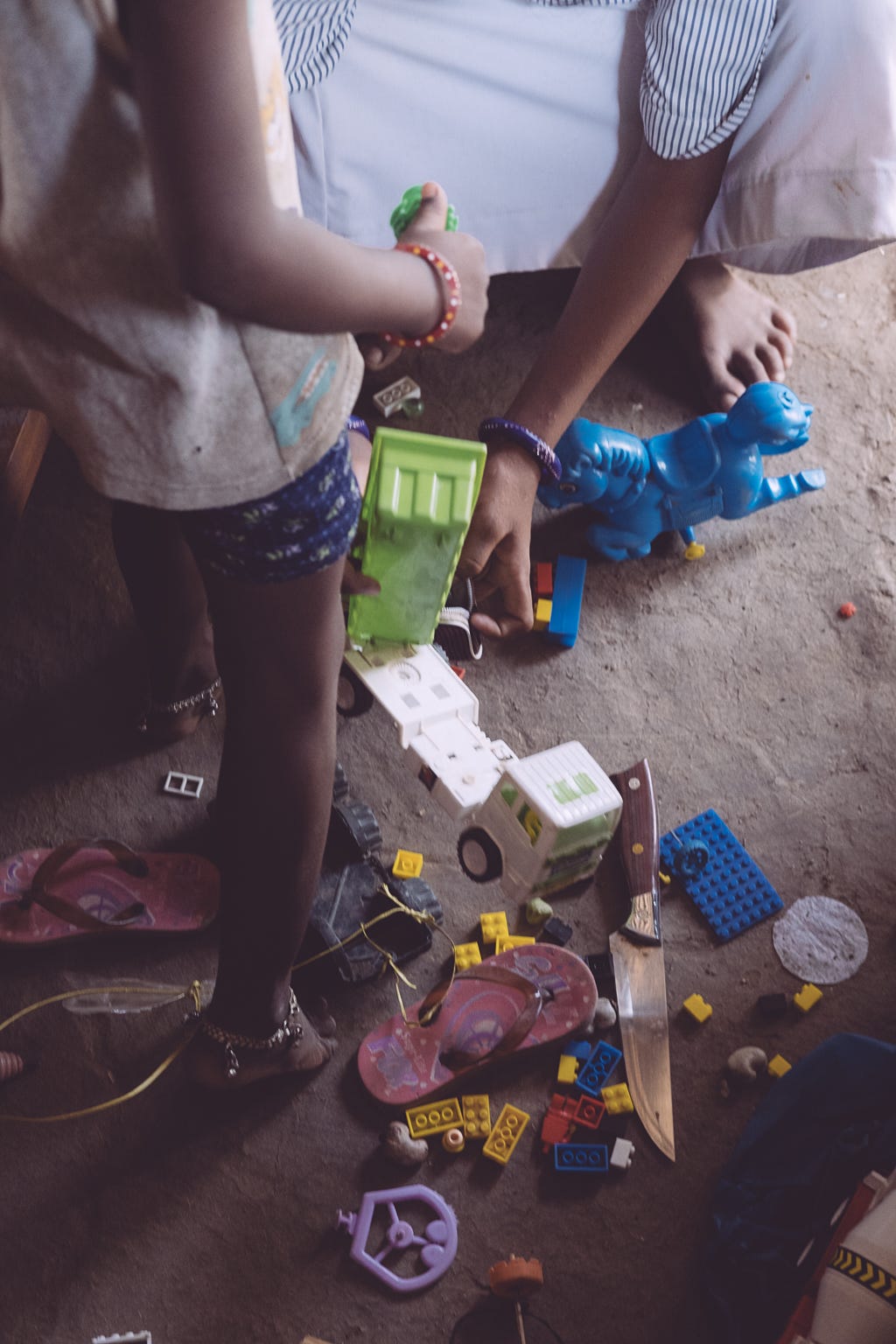
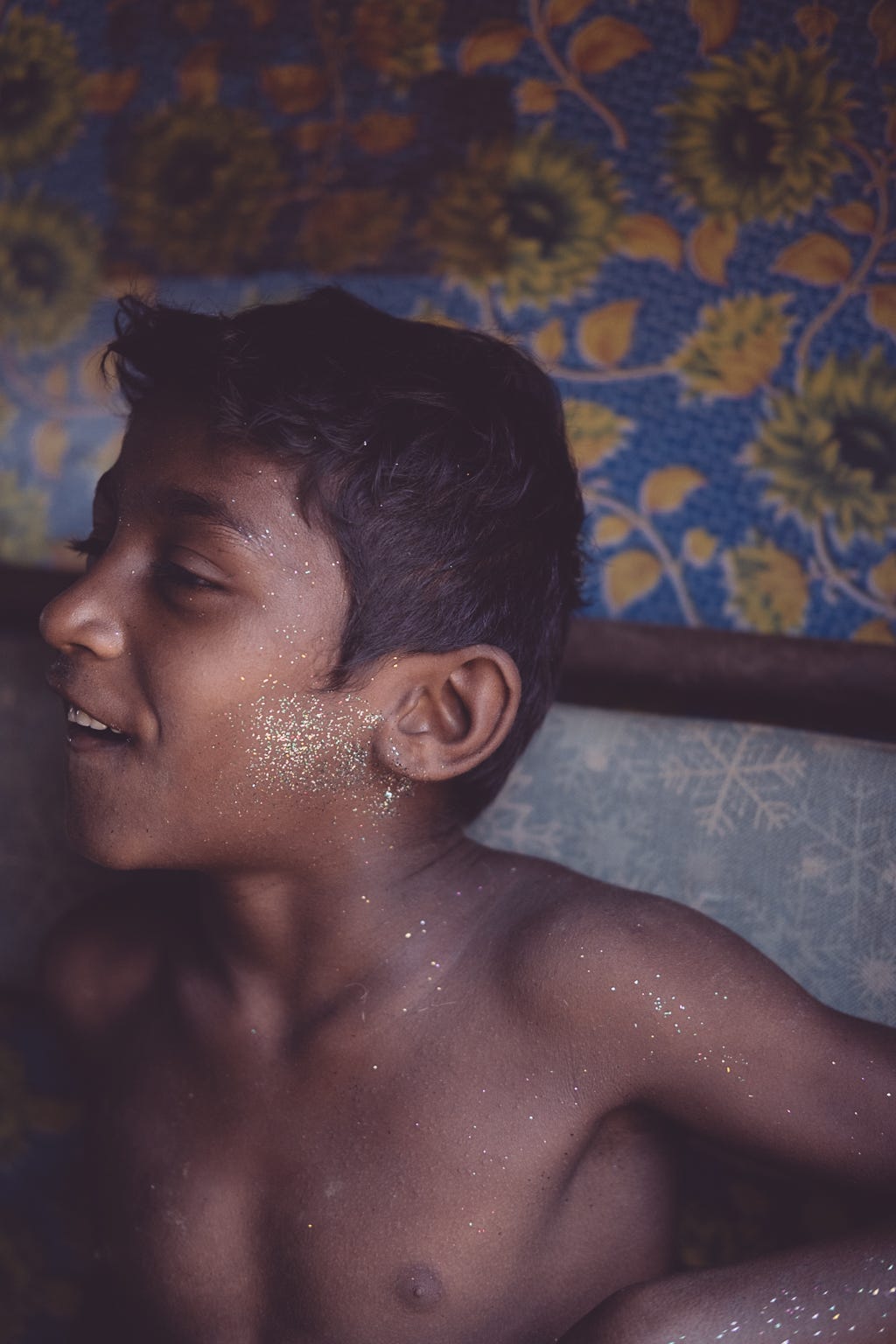

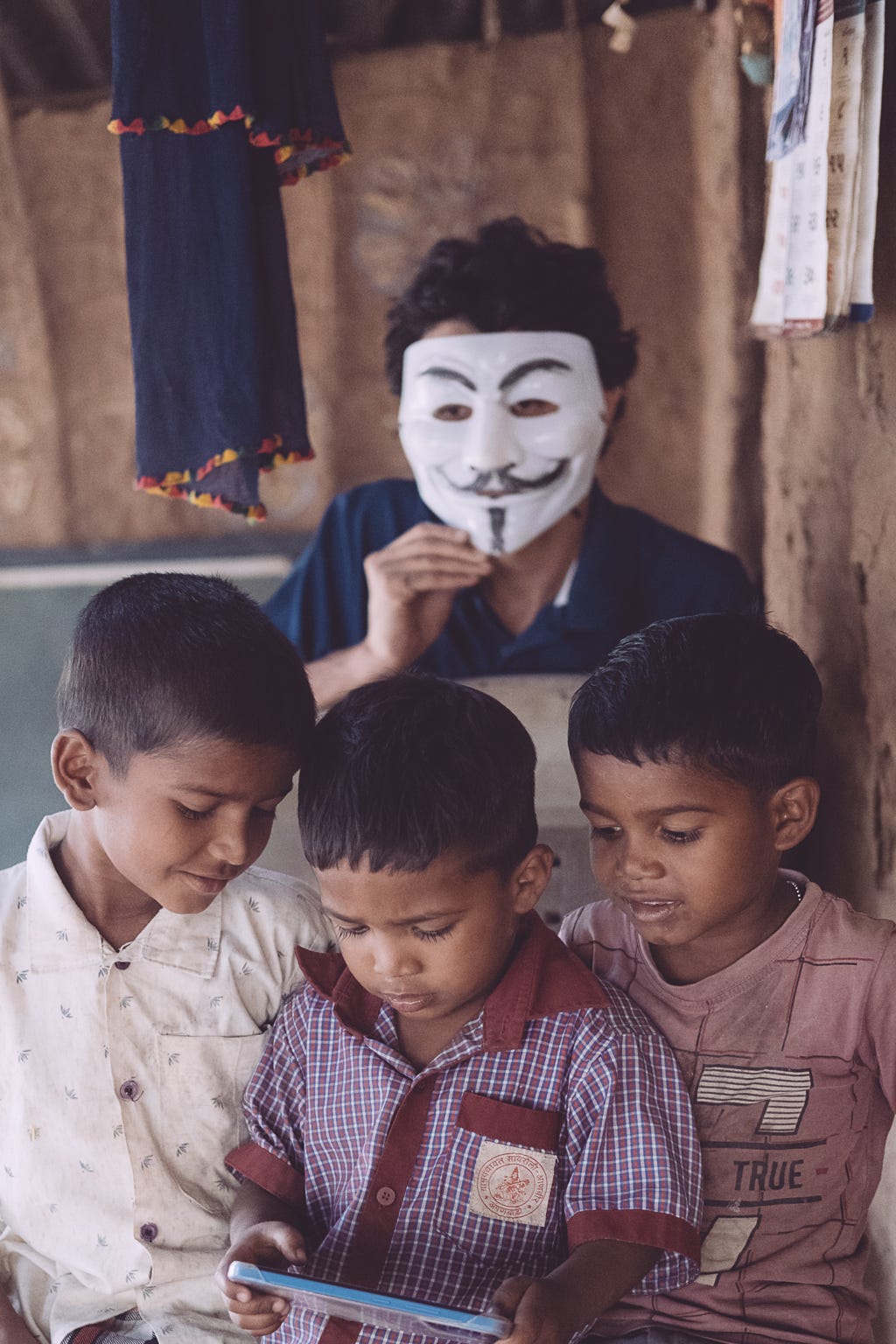
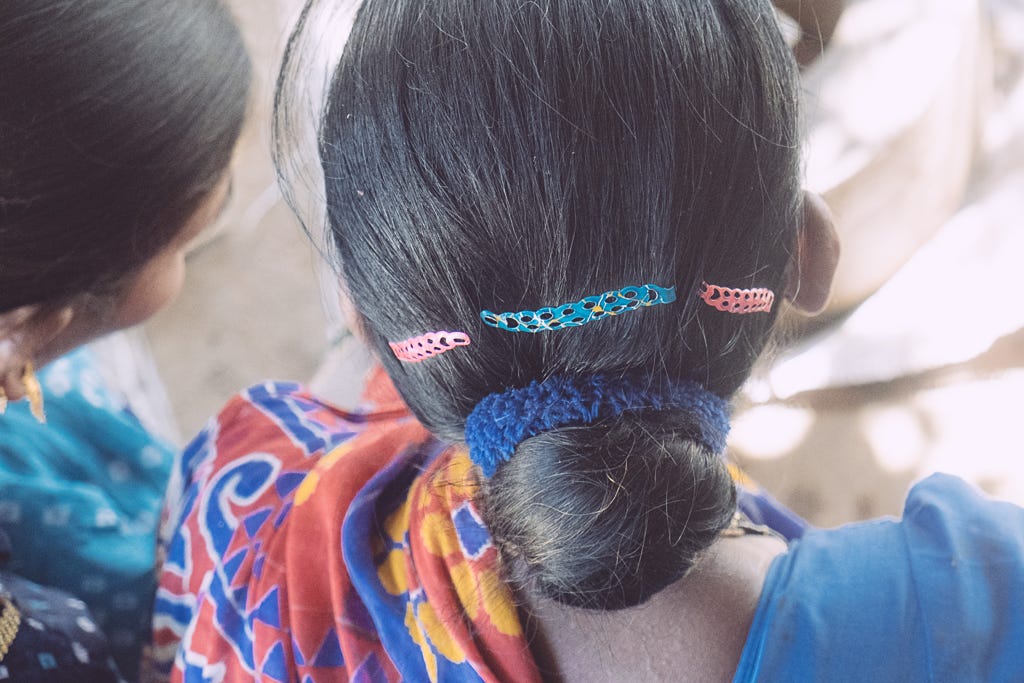


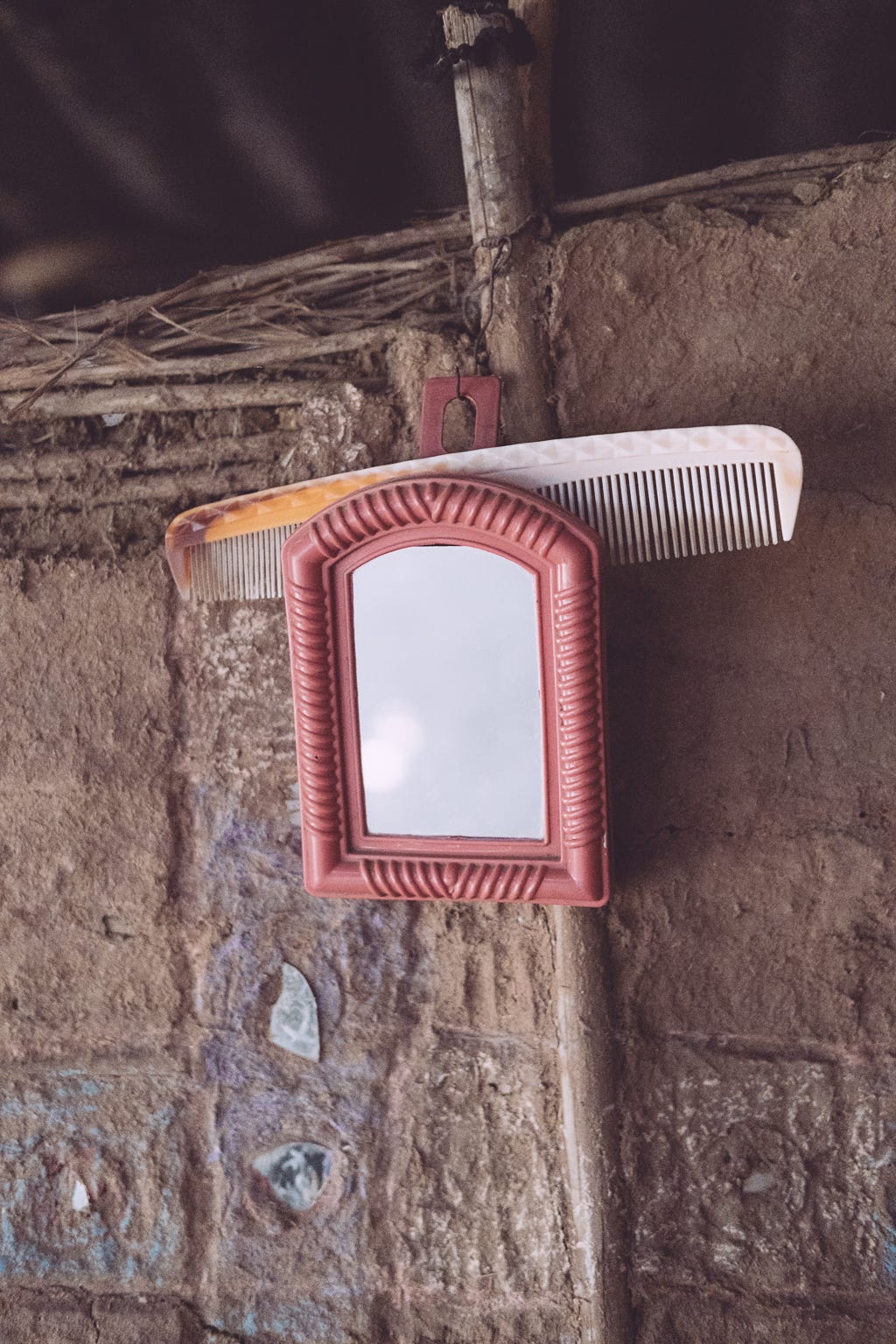
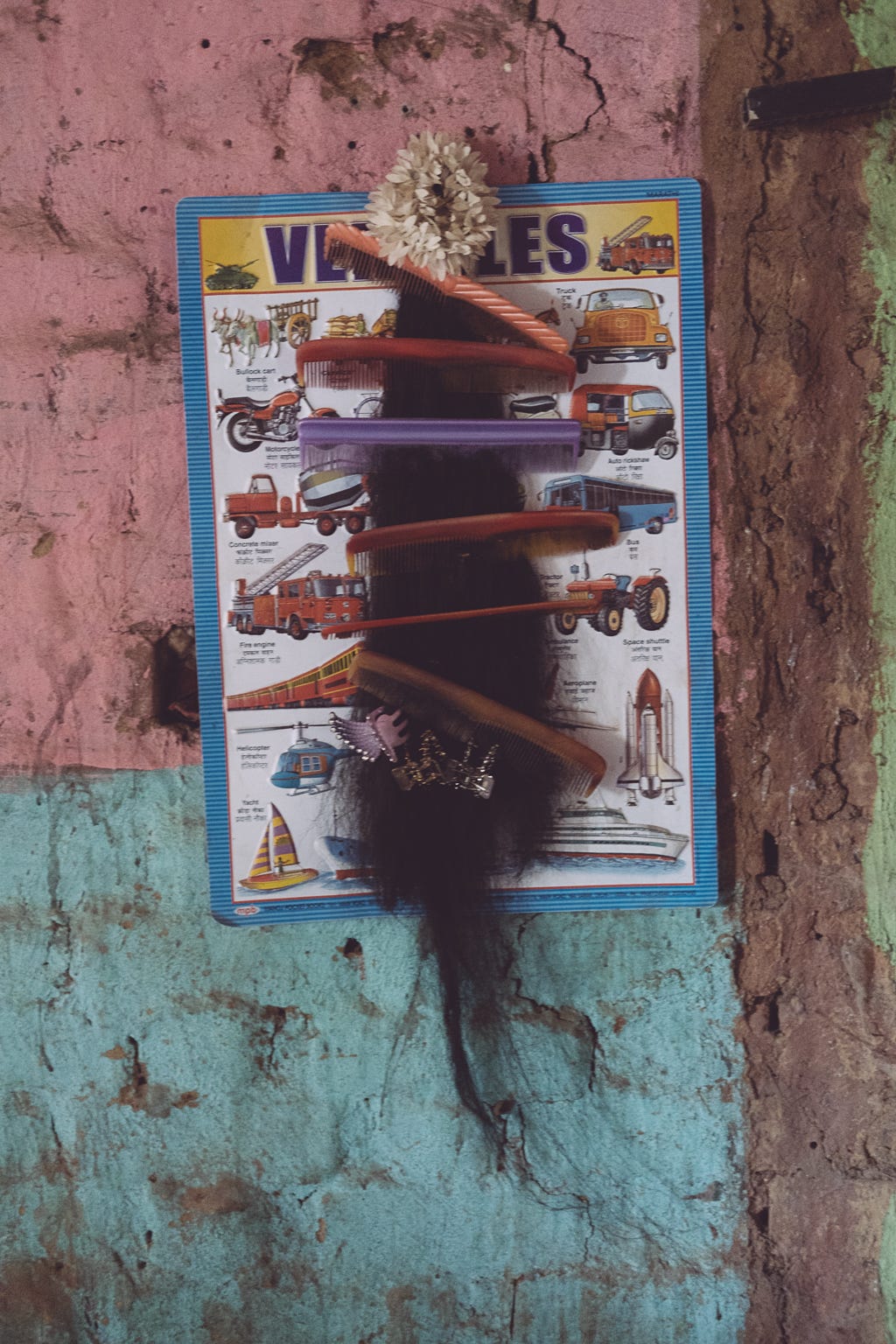


I need to learn your observation skills! 🙌🏼
Fabulous article and documentation on the recycling of plastic in various forms. How much plastic we’ve to dispose is alarming though. But I love the way villagers who you’ve documented are more literate.